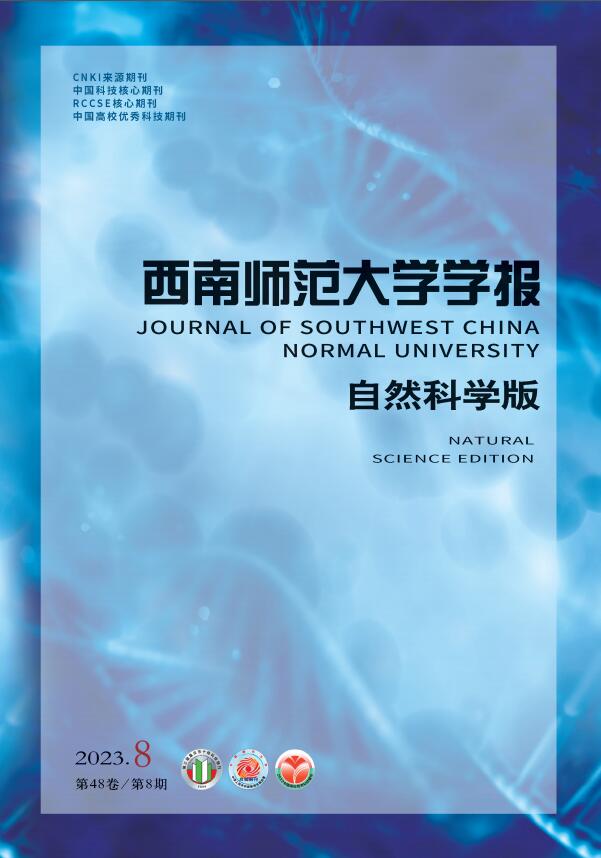On Thermal Performance of Self-Insulation Concrete-Straw Composite Block
- Received Date: 18/04/2018
-
Key words:
- concrete-straw composite block /
- straw filling rate /
- heat transfer coefficient /
- thermal insulation property
Abstract: As a new environmentally-friendly and renewable building material, rice straw has broad application prospects in energy conservation development of rural buildings. A kind of self insulation concrete-straw composite block is designed in this paper, which is made by filling straw core materials into the holes of small concrete hollow blocks. According to the basic theory of heat transfer, theoretical calculation and simulation of thermal performance of 15 sets of concrete-straw composite block model, whose straw filling rates are 30%, 35%, 40%, 45% and 50% respectively and have different length-width ratios, are carried out in this paper. The results show that the thermal performance of new composite block is strengthened with the increase of straw filling rate. The length-width ratio of cross section of straw core material has a great influence on the heat transfer coefficient of composite block, which indicates that the larger the length-width ratio, the smaller the heat transfer coefficient, the better the thermal performance. And when the straw filling rate is 50%, meanwhile the length-width ratio of cross section of the straw core material reaches the maximum within the specified range, the composite block of which the heat transfer coefficient is 0.851 W/(m2·K) shows good thermal performance, whose thermal insulation property is much better than the small hollow concrete block without straw core material under the same size and the building energy conservation rate reaches 56.2%. All of these characteristics fully demonstrate the comparative advantages of this new compound block.






 DownLoad:
DownLoad: